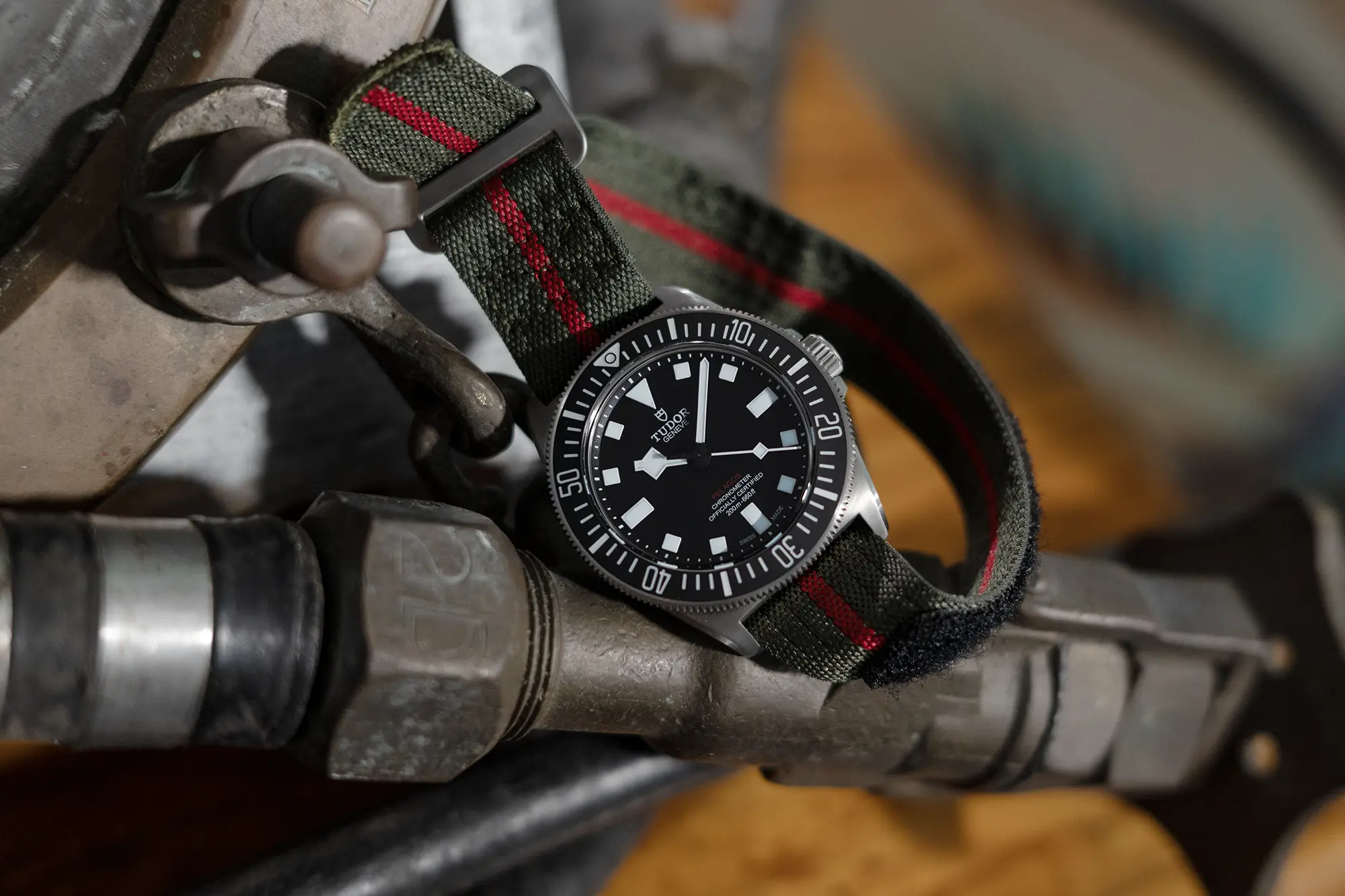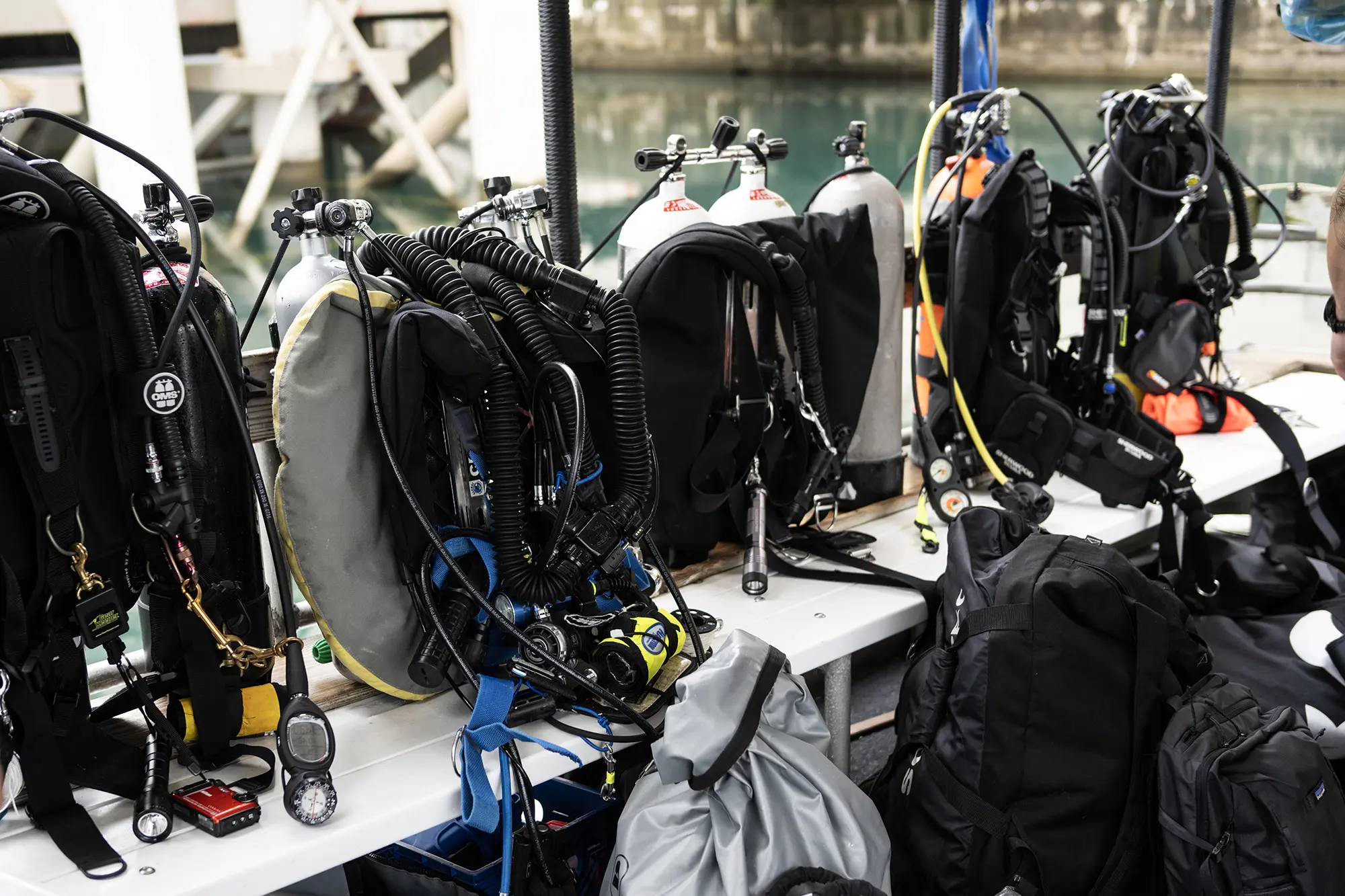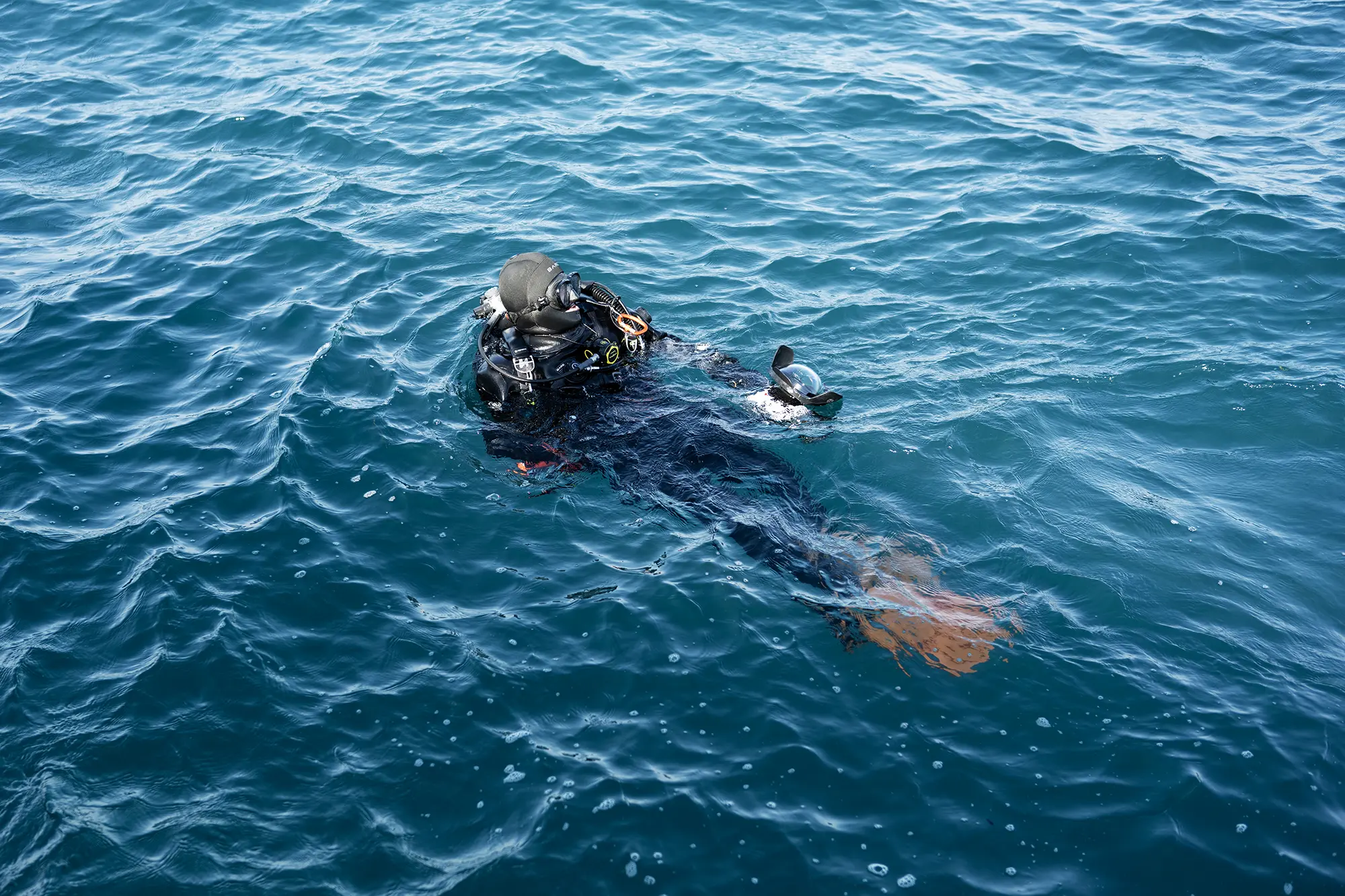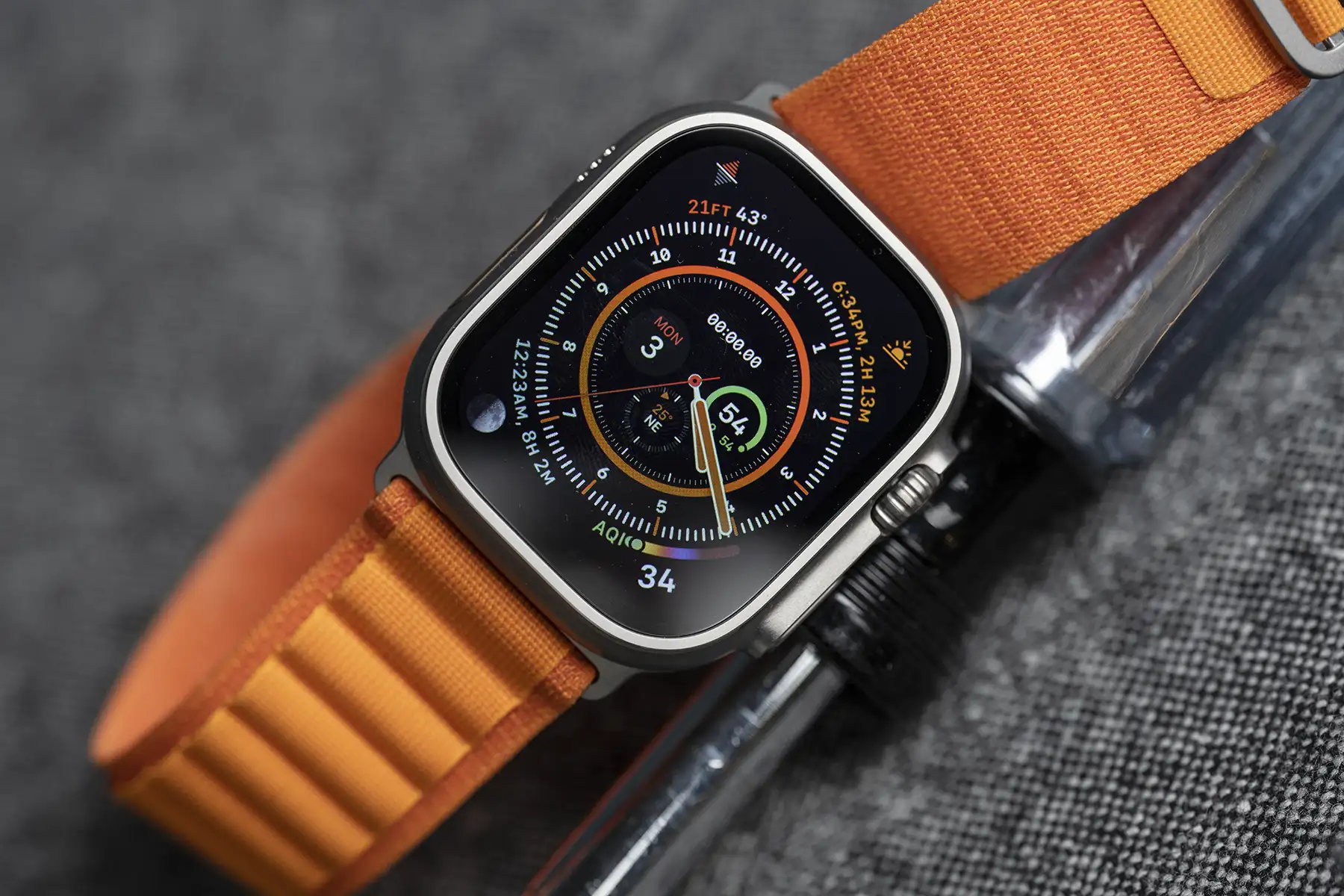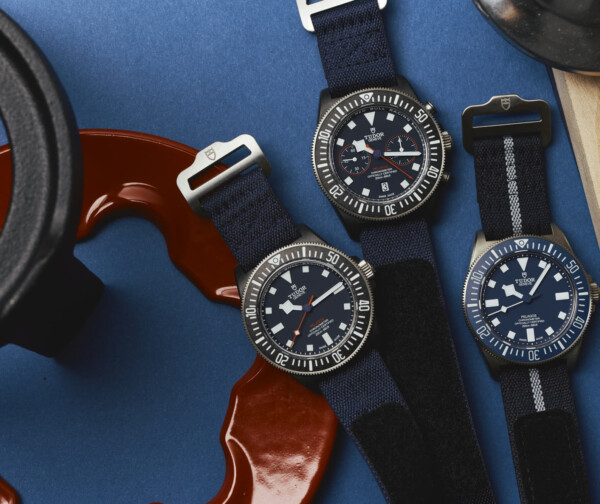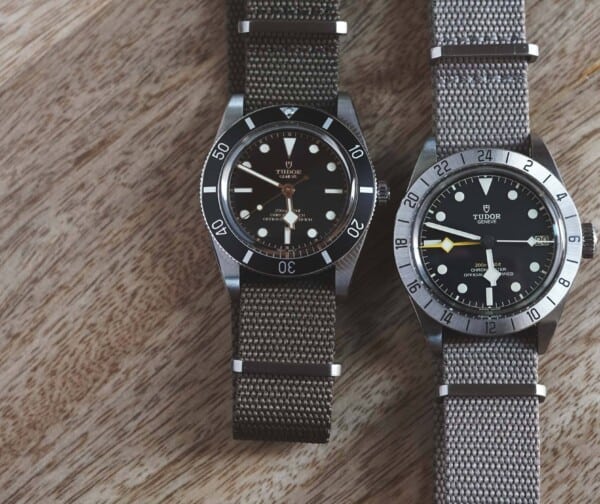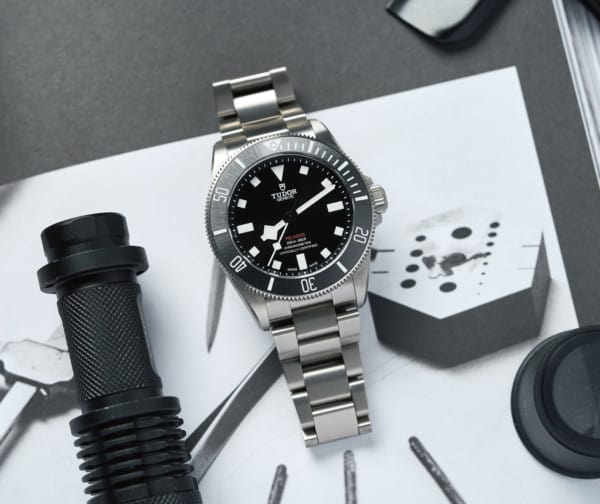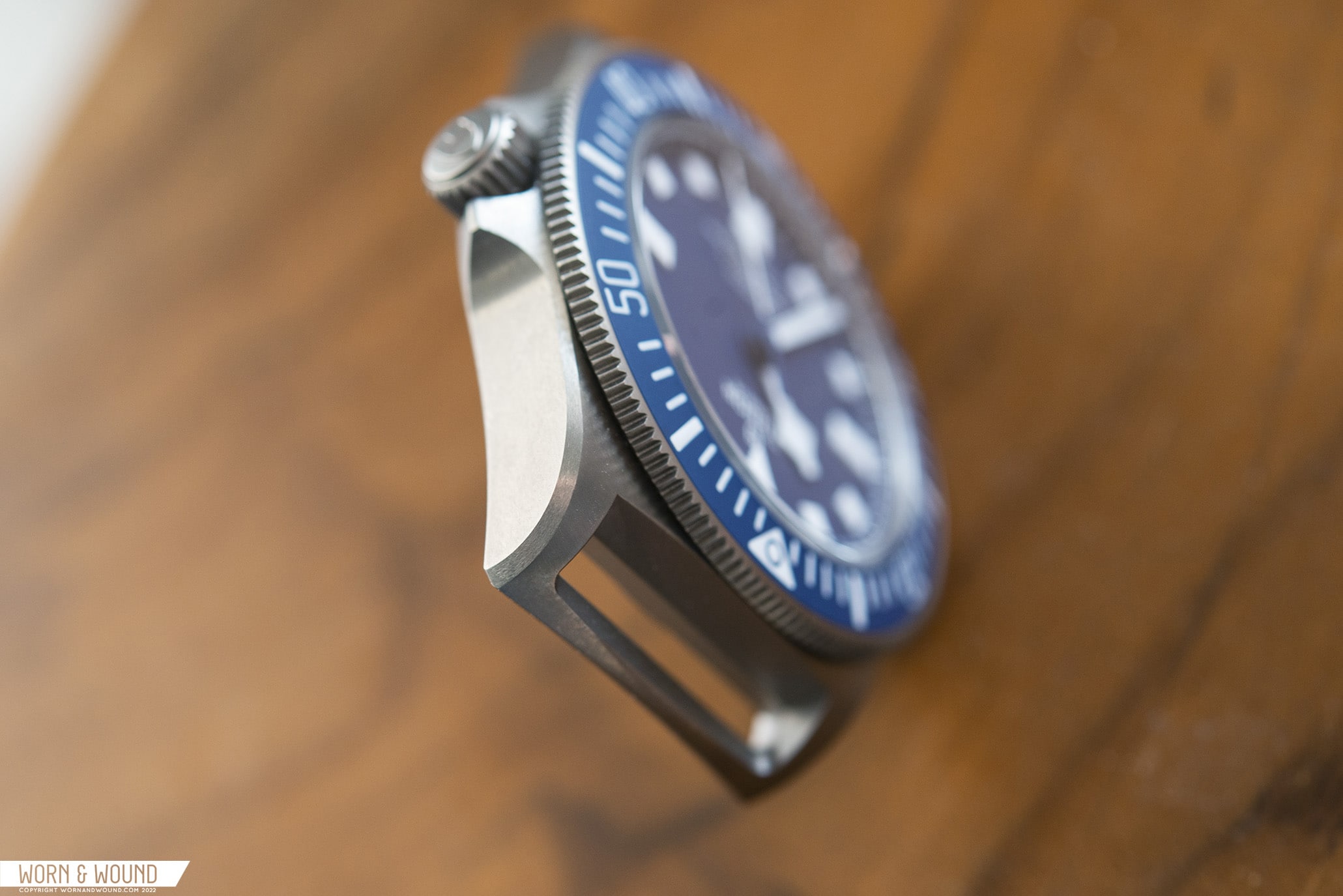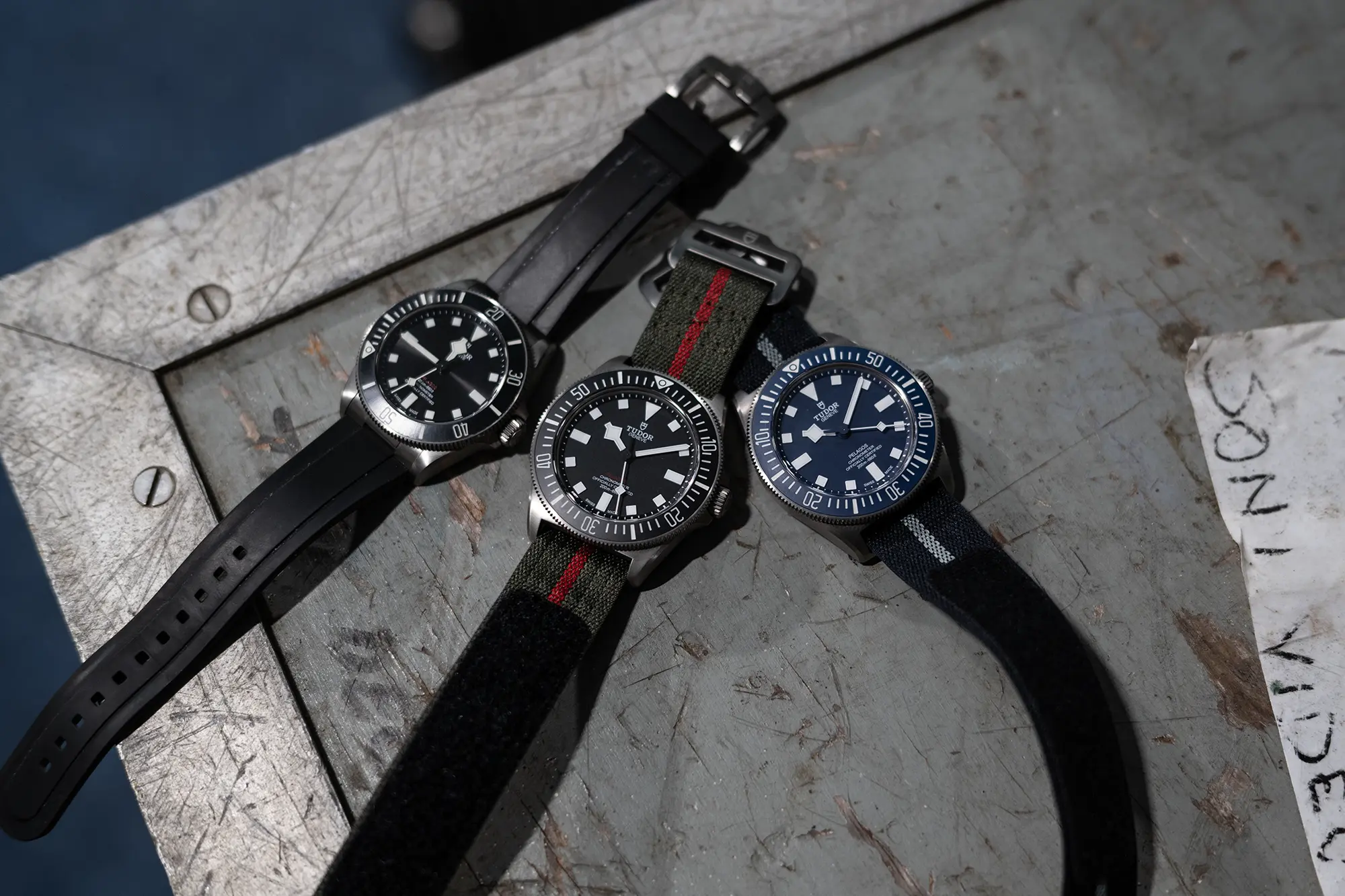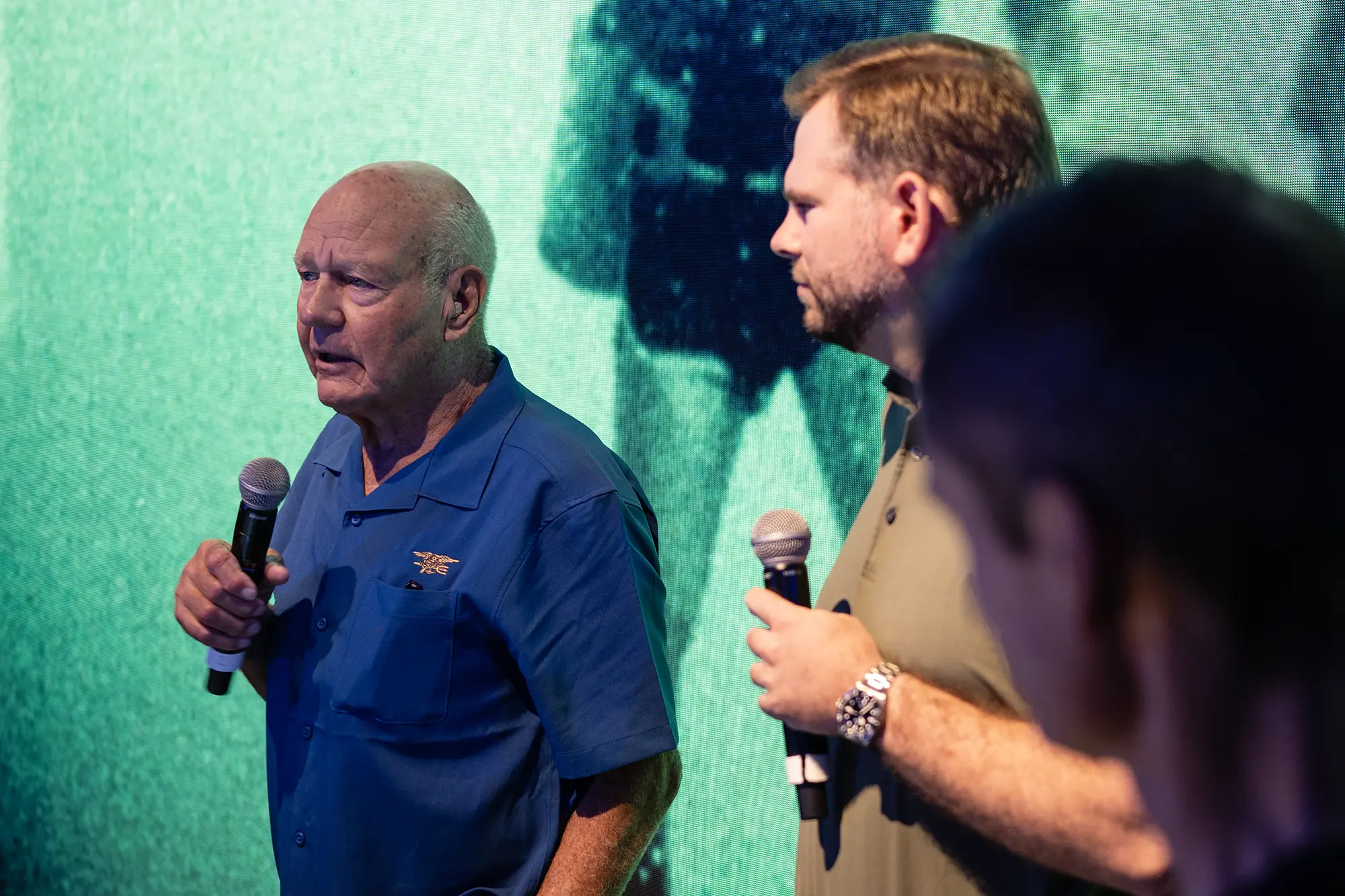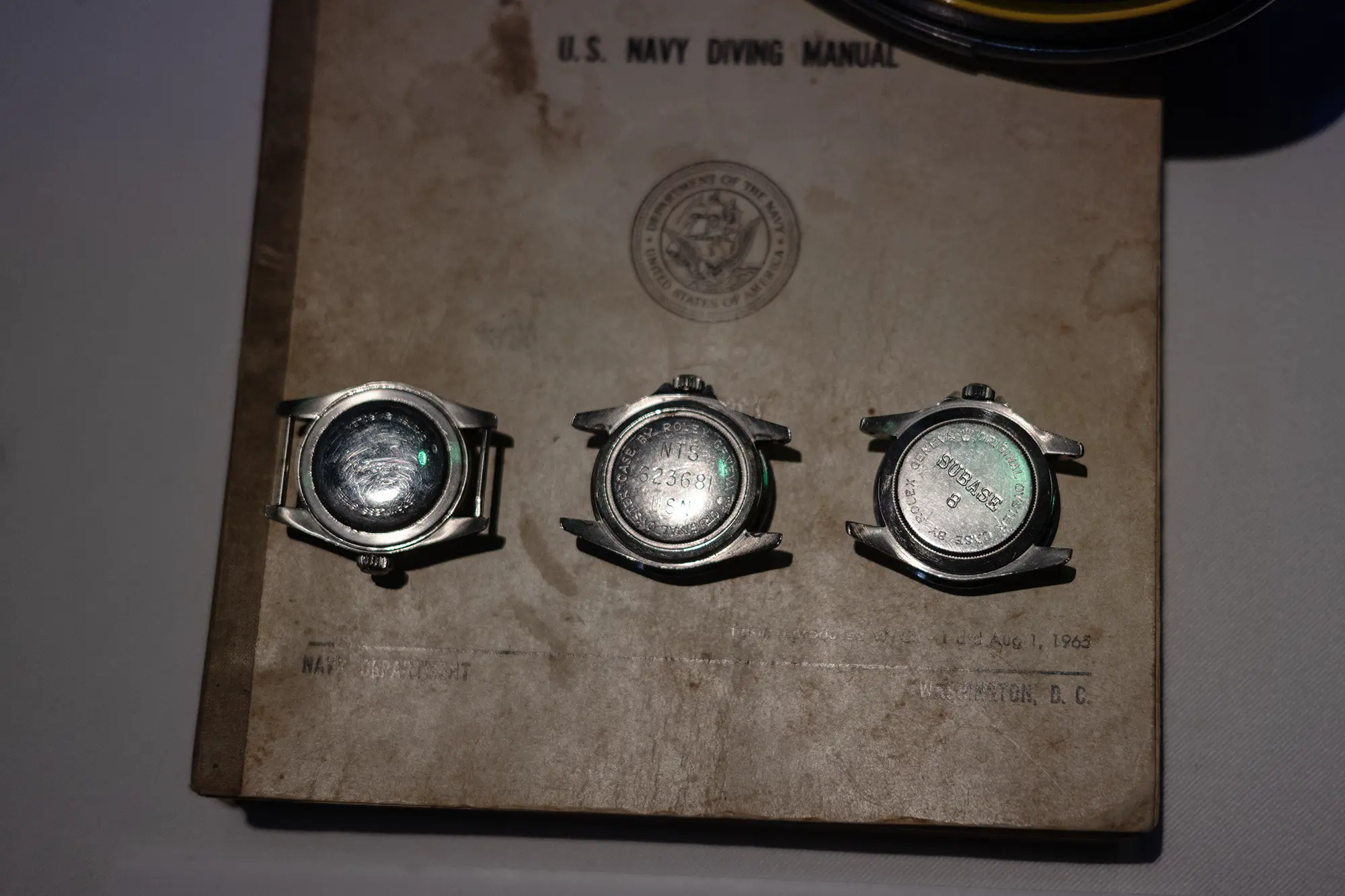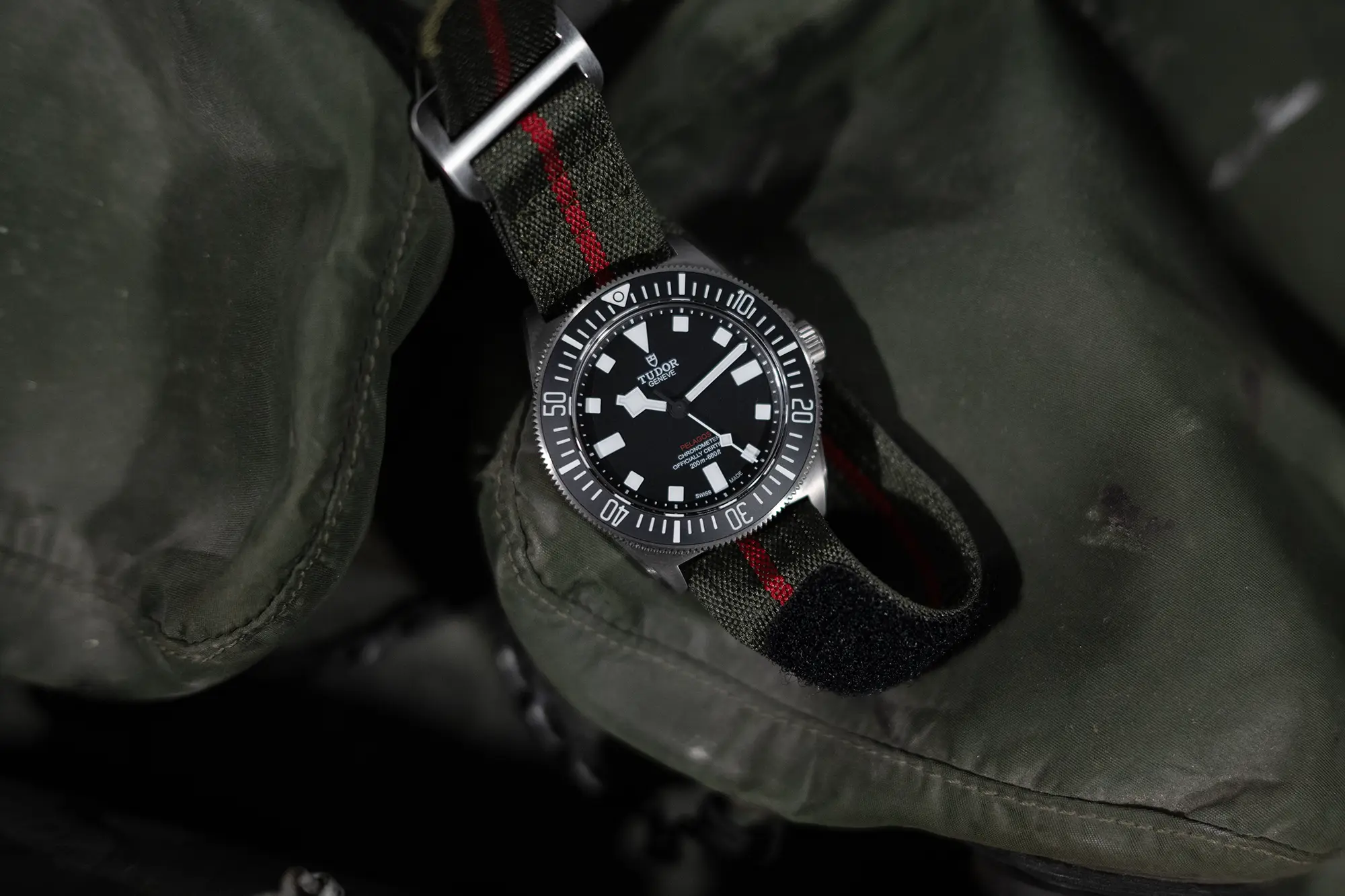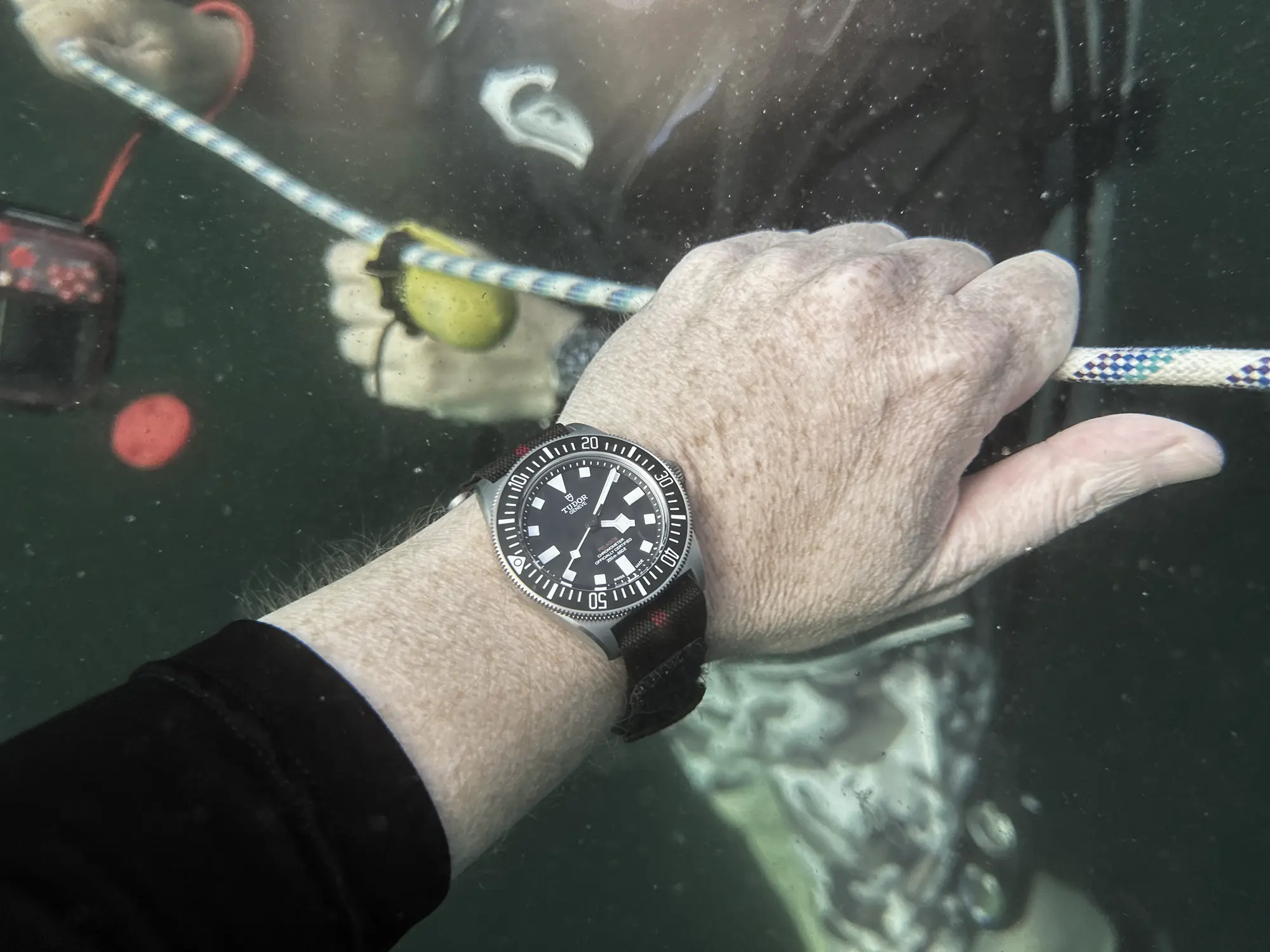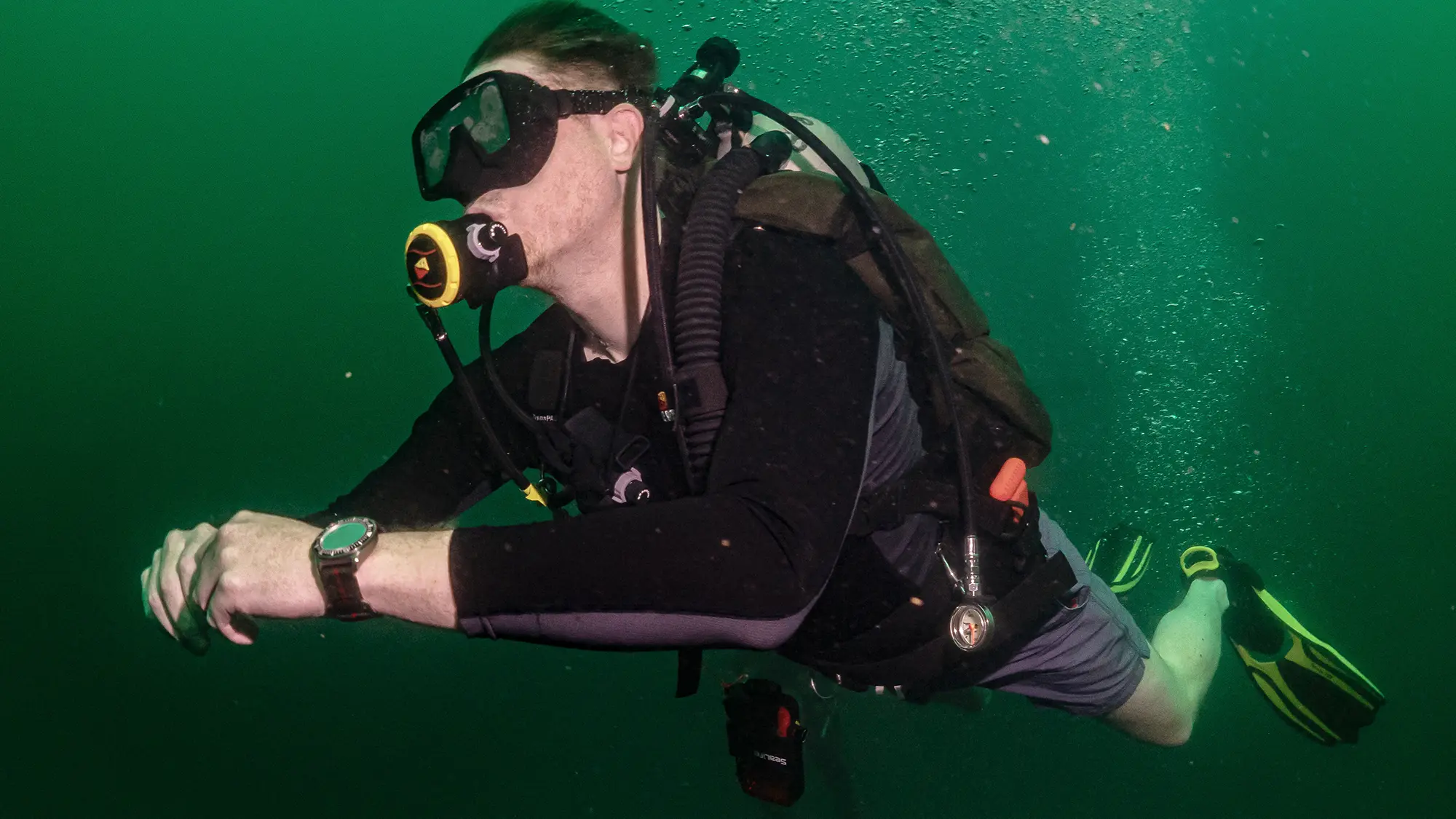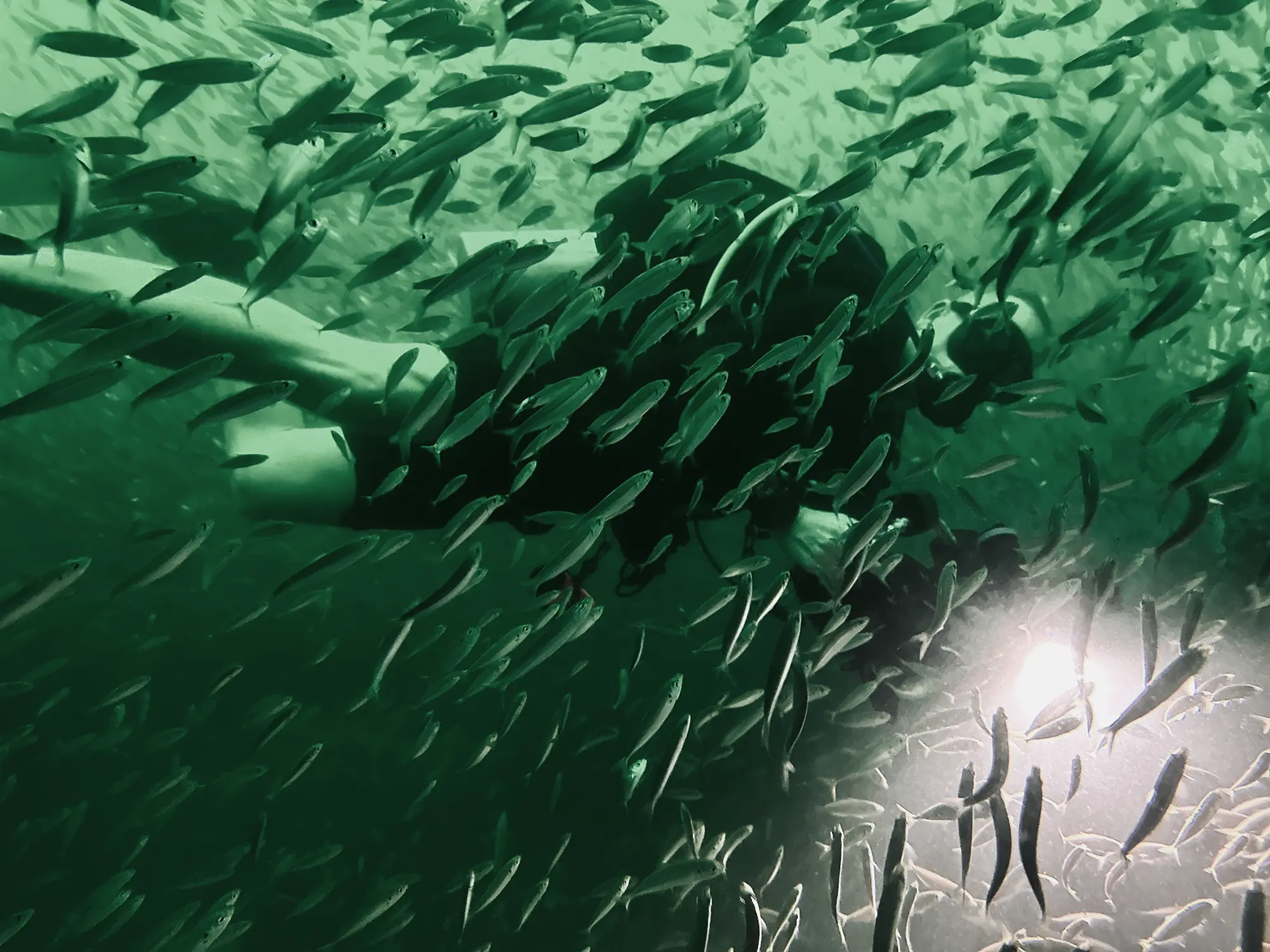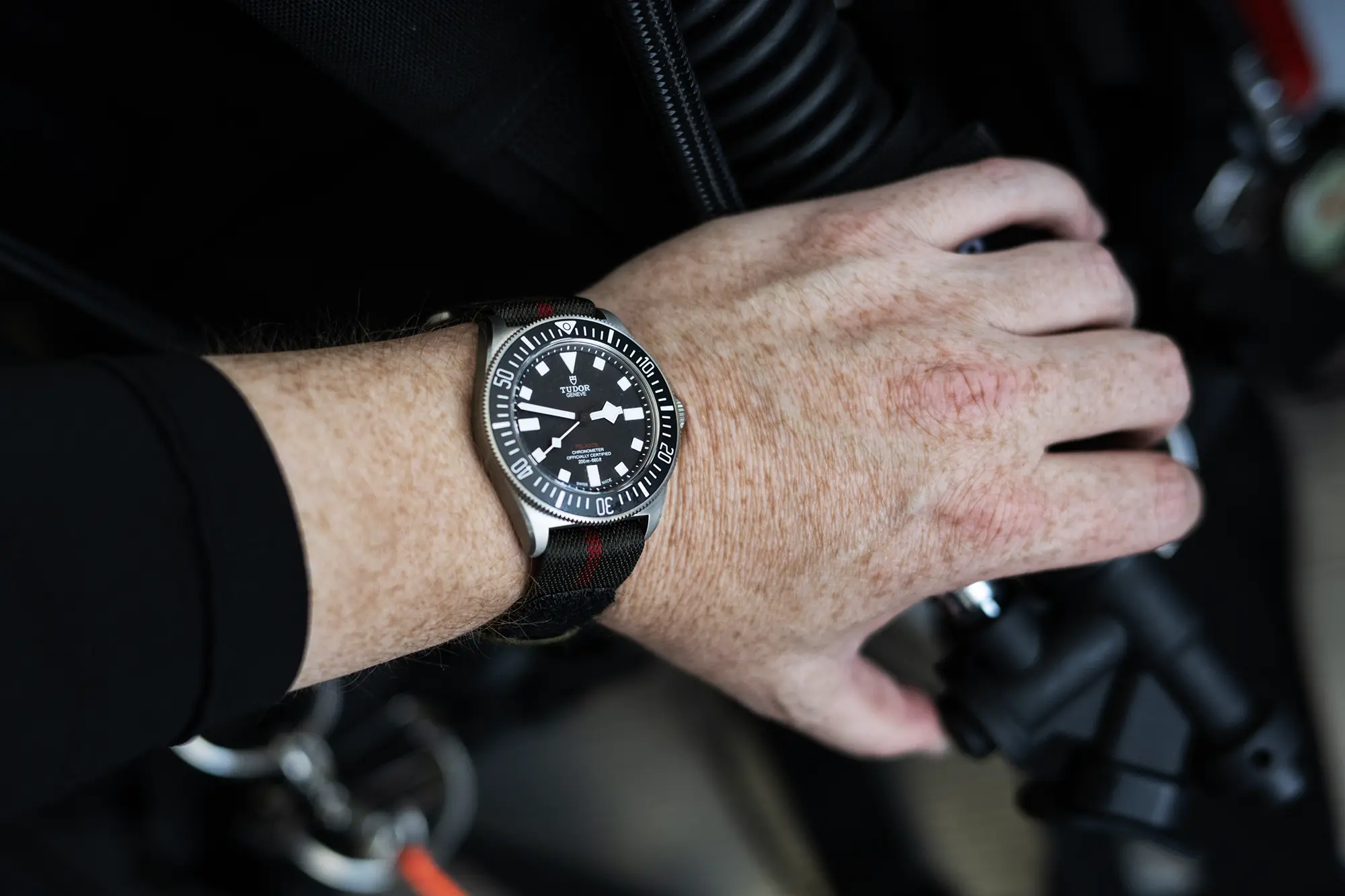Earlier this year, in the middle of our Windup Watch Fair in Chicago, Benrus put together a dive trip in the cold waters of Lake Michigan in celebration of their Ultra-Deep dive watch. You can see my photo report from the morning expedition right here. While diving has always been on my periphery, a side effect of writing about scores of dive watches over the years, I had never truly confronted the idea of getting dive certified myself until the experience of seeing those divers, many of them friends, take their turns stepping off the boat and into the depths. So, not long after returning back to New York, I scheduled time to get my open water dive certification through NAUI instructors. The only decision left was which watch I’d use during the process.
I’ll confess, the final kick to get certified came upon learning of a dive trip that was being planned by Tudor, something off the coast of Florida in the Gulf, potentially around a new watch release (which of course ended up being the case). With that knowledge in mind, it felt appropriate to complete my training with a Tudor Pelagos FXD on one wrist, and the Apple Watch Ultra on the other. The idea of putting these things to use in such a manner was half the excitement, allowing me the opportunity to experience them as intended, and creating an additional layer of context within which I could assess them as tools. And not just the Tudor, but all of my divers.
Having access to more seasoned divers during this process proved invaluable, with help from master diver Chris Sohl (@sohl) in particular giving me insights to my blind spots, and answering any all gear related questions. As I mentioned in my photo report, this is a gear intensive sport, and every set up is a little different, catering to the individual diver.









 Featured Videos
Featured Videos




